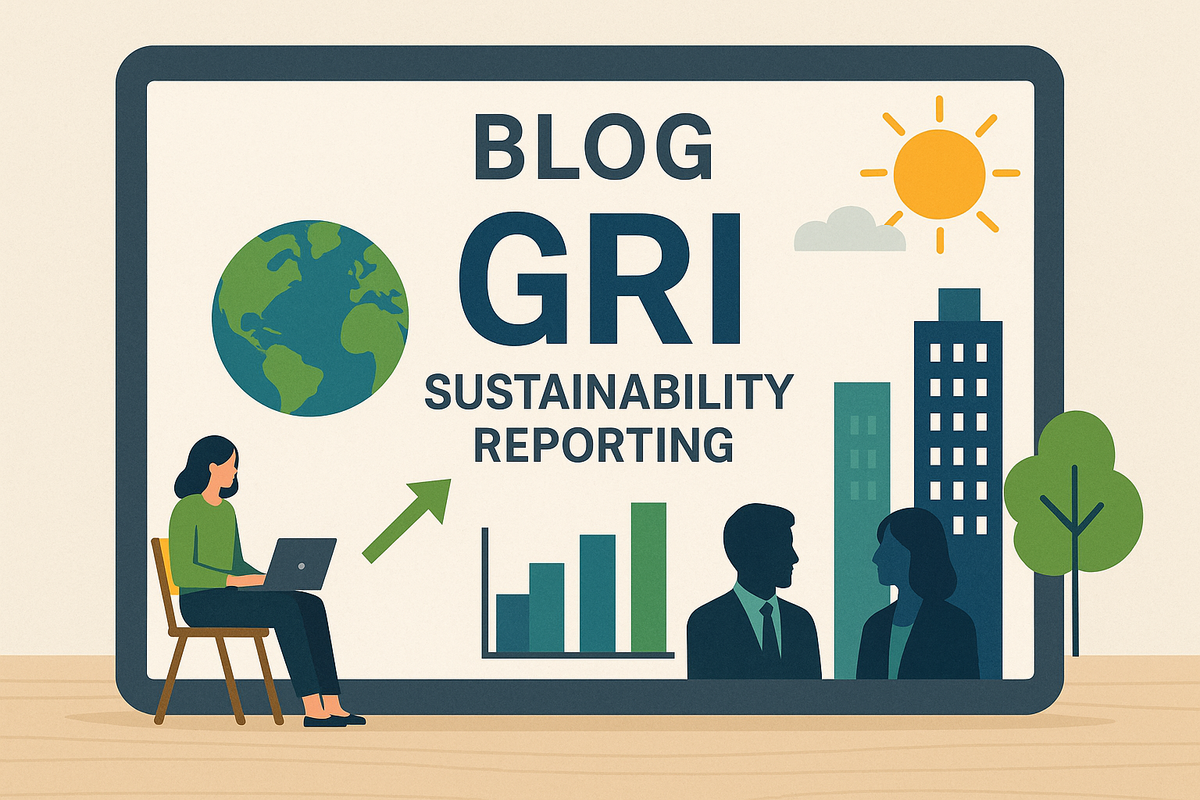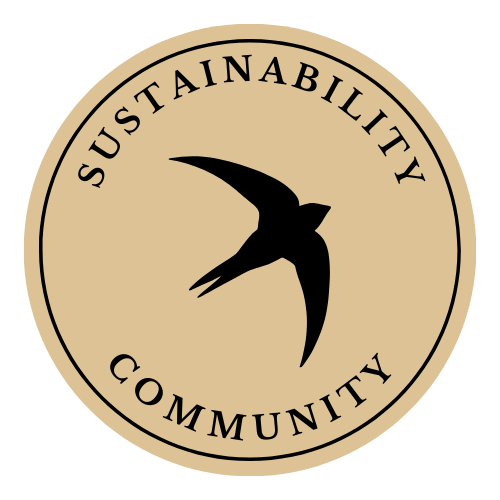Unraveling GRI 1: Foundation 2021 – Your Sustainability Reporting Guide

Overview Reporting on sustainability can be intimidating, let's face it. It might be
challenging to know where to begin when standards, disclosures, and frameworks are bombarding you from all directions.
That's where Your Sustainability Reporting Guide. Consider it your guidebook to
learning how to report on your organization's influence on the world—transparency, credibility, and consistency.".
So, What's the Purpose of GRI Standards? GRI Standards are in place so that
organizations can explain their sustainability story. They're all about
transparency—being honest about how your operations impact people, the planet, and the economy. It's not merely about good PR; it's about genuine accountability.
Who Are Adopting These Guidelines?

Multinational corporate titan or small business, GRI Standards have got you covered. Investors, employees, customers, and communities alike are all looking, and these guidelines will get you to report your impact in a manner in which they can trust.
How the GRI System Work
Universal Standards: That includes GRI 1 (the building blocks), GRI 2 (general
disclosures), and GRI 3 (material topics).
Sector Standards: Industry-specific information for industries like agriculture,
mining, or finance.
Topic Standards: These go deep into stuff—topics like climate change, workers'
rights, and fighting corruption.
Key Ideas You Need to Know
Impact: This is at the heart of sustainability reporting. How does your organization affect the environment, society, and economy?
Material Topics: These are the things that actually matter most—both to your business and to your stakeholders. Not everything needs a full-on deep dive, just what actually matters.
Exercise Due Diligence: No, it goes beyond legalese. It entails actively seeking out and managing the sustainability opportunities and hazards associated with your company.
Participants: Customers, staff members, investors, and local communities are the ones who are interested in what you do. Their views have an impact on what you report.
How to Report Using the GRI Standards
Start with Principles First, make sure your report is accurate, balanced, clear, and
comparable. Don’t just cherry-pick good news—be honest and thorough.
Include the Basics (GRI 2) Talk about your company structure, governance,
values, and how you engage with stakeholders.
Define What Matters (GRI 3) Identify your material topics. Use sector standards
where they apply. If something’s not relevant, say why.
Tell the Story

Disclosures- Use GRI 3 to explain how you decided what matters
(Disclosure 3-1), what those topics are (3-2), and how you’re managing them (3-
3).
Dive Deeper with Topic Standards Once you know your material topics, grab the
related Topic Standards and report on them.
Can’t Report on Something? That’s okay—just be transparent. Explain why you
can’t provide certain disclosures (especially for 3-3).
Content Index & Statement of Use Don’t forget the GRI content index—it’s your
report’s table of contents. And include a statement of use to confirm you followed
the GRI guidelines.
Give GRI a Heads-Up It’s recommended to let GRI know when you use their
standards. It adds transparency and encourages standardization.
The Reporting Principles—Keep These in Mind Your report should be:
Accurate: Data that’s dependable.
Balanced: A fair view, not just the good stuff.
Clear: Easy to understand.
Comparable: Track performance over time.
Complete: Nothing important left out.
Contextual: How you fit into the bigger picture.
Timely: Current and up-to-date.
Verifiable: Can someone else check your work?
Extra Tips for Solid Reporting
Align with Financial Reports If you can, bring your sustainability and financial
reporting closer together. It gives stakeholders the full picture.
Boost Credibility Consider external assurance or third-party verification. It adds
serious weight to your claims.
Conclusion GRI 1: Foundation 2021 isn’t just a set of rules—it’s your launchpad
for credible sustainability reporting. Following these guidelines means your
organization can tell a compelling, truthful story about its impact on the
world—and that’s something every stakeholder will appreciate.




